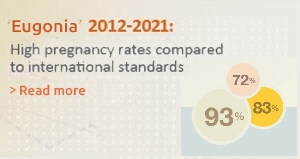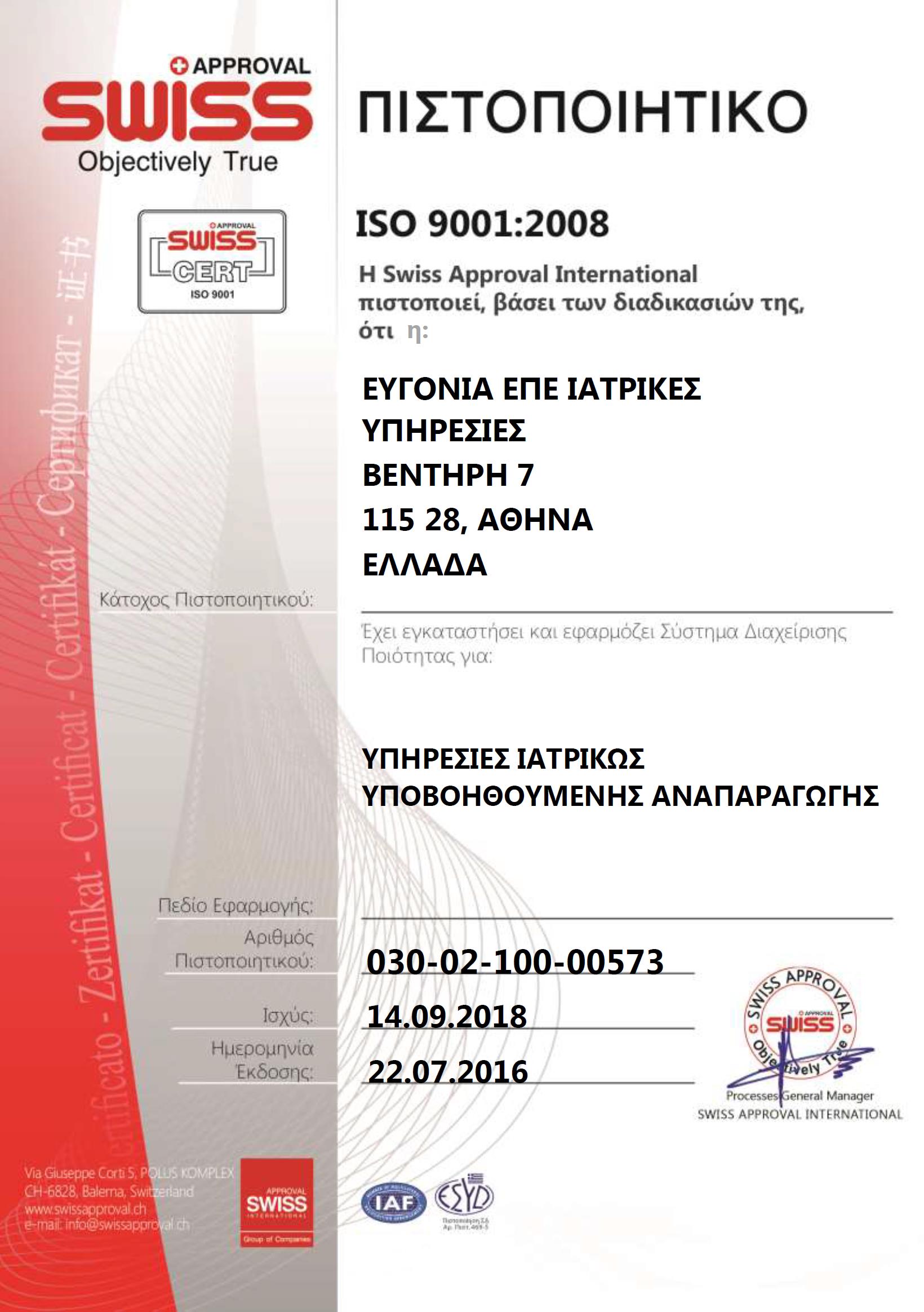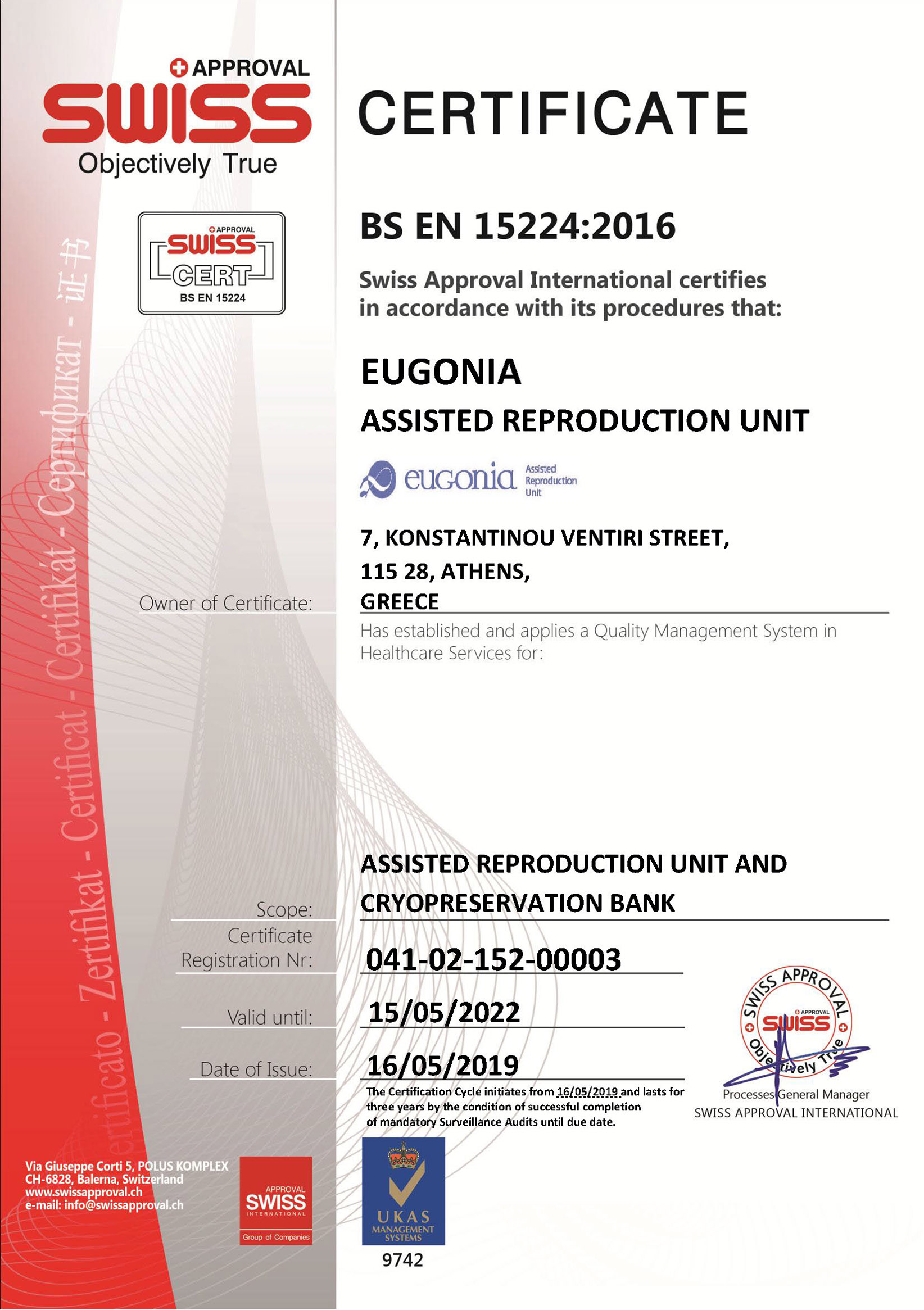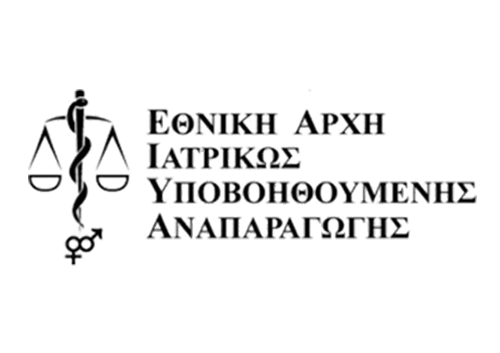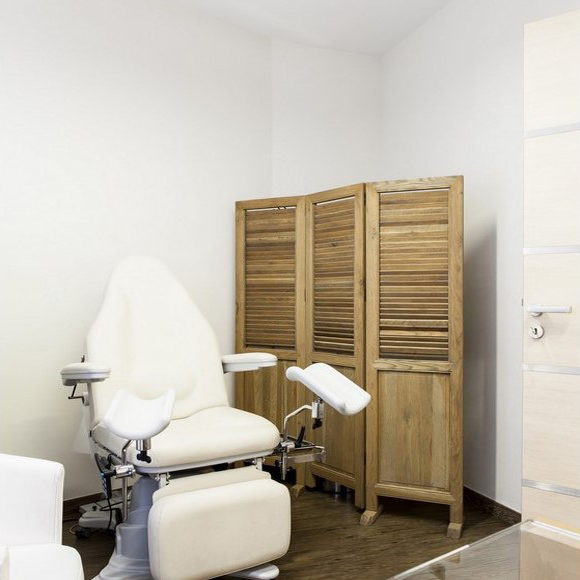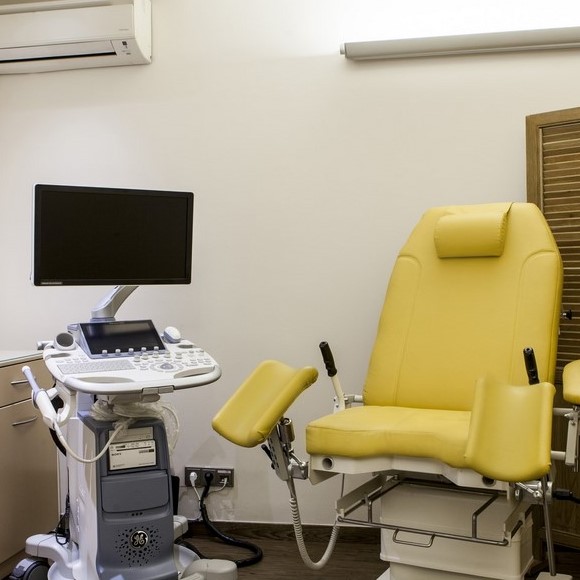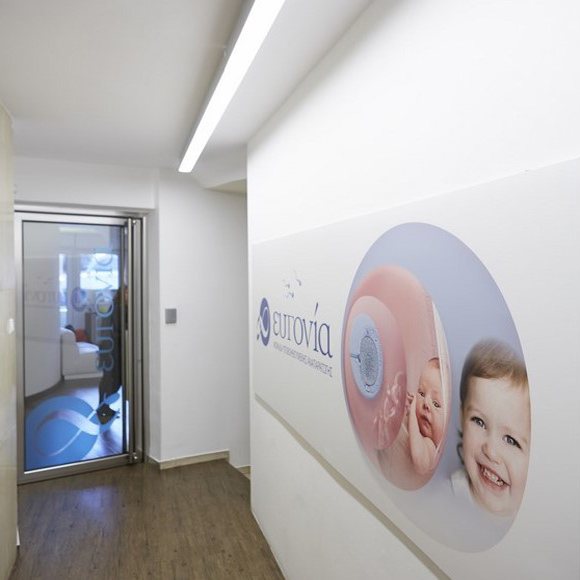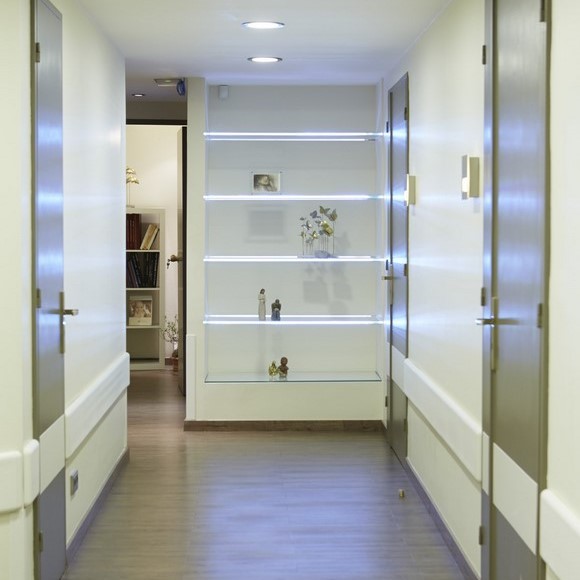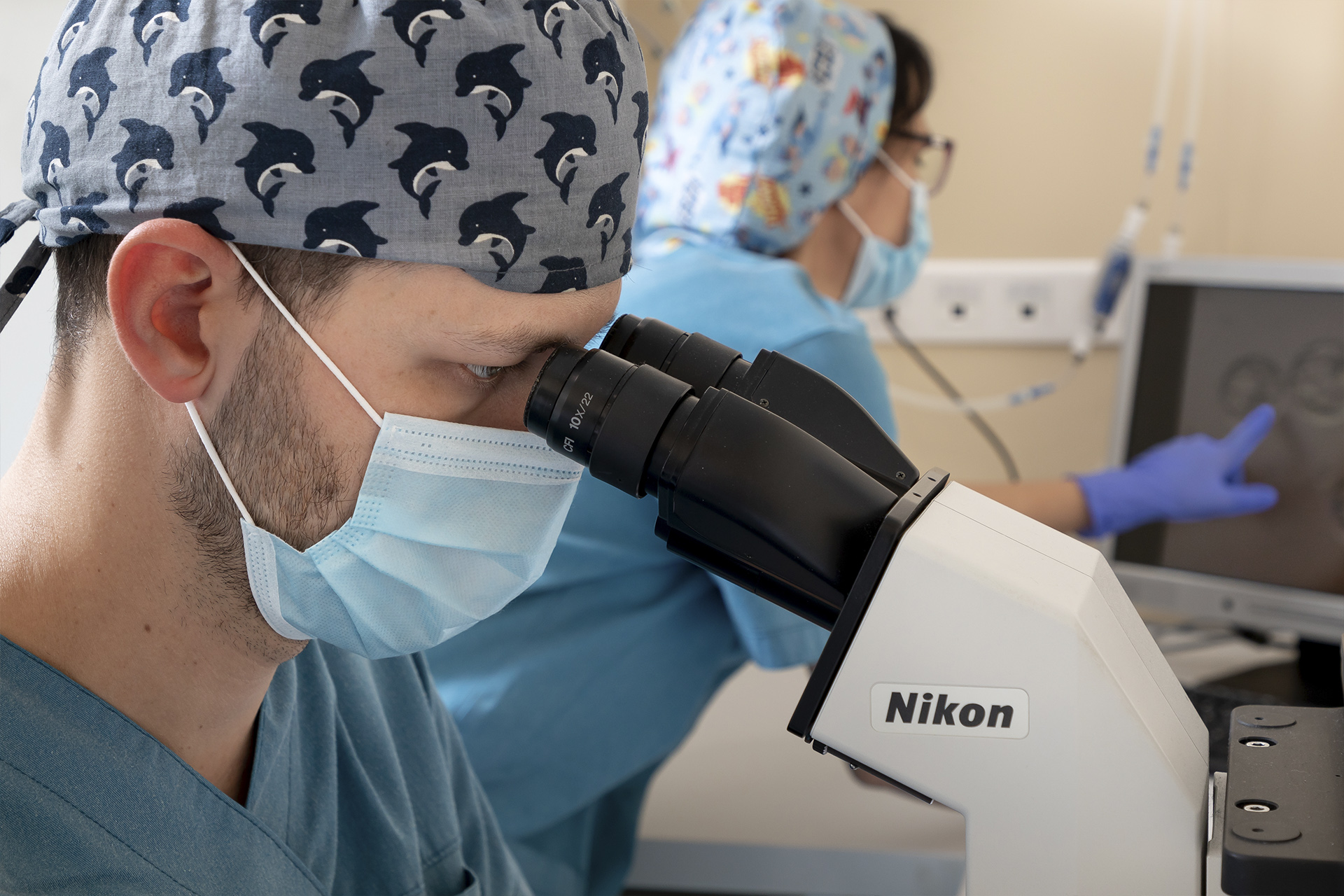
The achievement of a successful pregnancy largely depends on the number and quality of embryos transferred to the uterus. Therefore, we need to evaluate a patient's embryos during their development and select for transfer those with the highest morphological characteristics.
Evaluation of Day 2-3 embryos
Cleavage
On Day 2 after oocyte retrieval the embryos must have 2-4 cells, with optimal stage the 4-cell stage. On Day 3, the embryos must have 5-8 cells, with 8-cell embryos being the best developmentally.
Morphology- Fragmentation
Embryos are categorized into four grades (I-IV) based on size and shape of blastomeres and percentage of fragmentation. Grade I embryos are the best morphologically, without fragmentation, normal size and shape of blastomeres. On the contrary, Grade IV includes poor quality embryos with total fragmentation or degenerated blastomeres. Intermediate Grades are II and III. Ideally, on day 2 we want to have 4-cell embryos with grades I or II. ON day 3, best embryos are regarded 8-cell embryos with grades I or II.
4-cell embryos
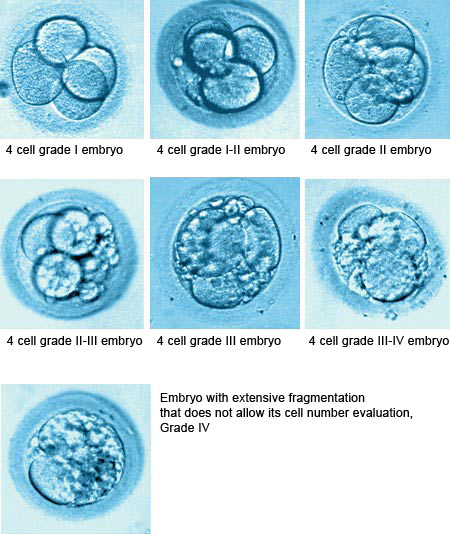
8-cell embryos
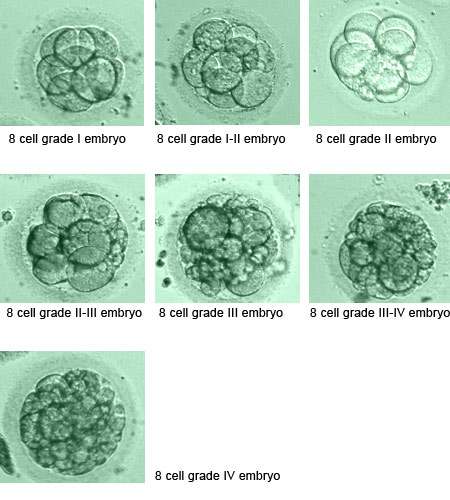
Other criteria
Multinucleation
Normally, each blastocyst of a developing embryo must have one visible nucleus. The presence of multiple nuclei (multinucleation) indicates an abnormal number of chromosomes and is related with a lower chance of implantation.
Uniformity of blastomeres
Uniformity of blastomeres is also related to embryo quality. Normally, a good quality embryo has blastomeres of equal size and shape. However, it is normal for a blastomere to have a larger size than the rest for odd-number cell stage (3, 5,7 cells).
Cytoplasm
The presence of granules or vacuoles inside the blastomeres should be recorded, although these characteristics have not been definitely related to poor embryo quality.
Thickness of zona pelucida
The zona pelucida is an acellular glycoprotein layer that surrounds preimplantation embryos. During expansion of the blastocyst, the zona ruptures and allows the embryo to hatch and implant. Increased thickness of the zona pelucida is related to lower chances of implantation as they embryo may get trapped inside it and fail to hatch successfully.
Evaluation of blastocysts
See: Blastocysts.
Metabolic criteria
See: Metabolomics.





